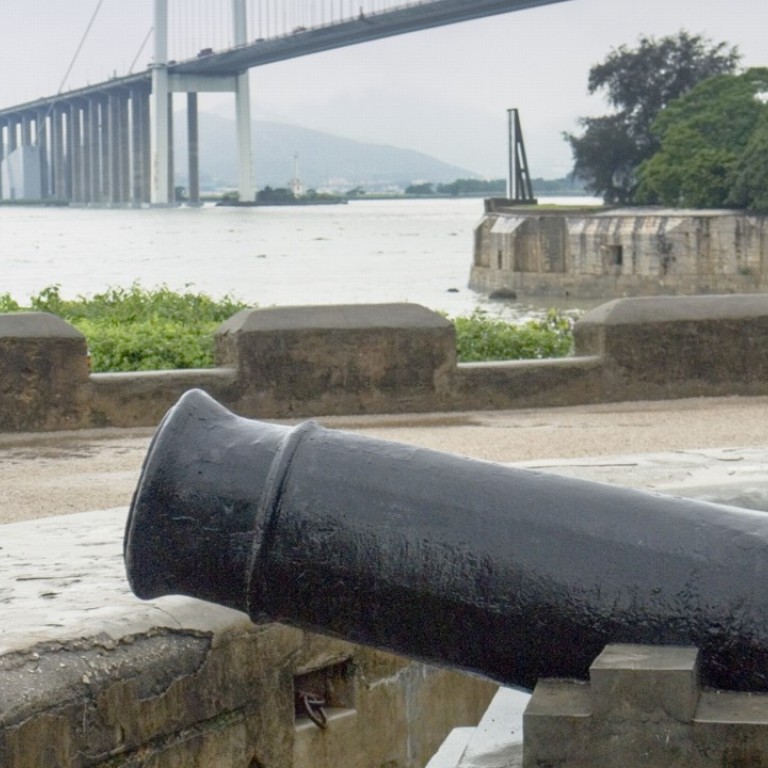
Five Guangdong heritage sites to visit via Hong Kong’s mega bridge and express rail link
- The high-speed rail link to Guangzhou and bridge to Zhuhai put heritage sites in Guangdong within easier reach of Hong Kong
With Hong Kong’s new cross-border high-speed rail link that opened last month and the much-awaited Hong Kong-Zhuhai-Macau bridge opening to the public on October 24, the major cultural heritage sites of the “Greater Bay Area” are coming within closer reach of Hong Kong.
Here are five that are worth checking out.
1. Old Humen
One of the six designated stops for short-haul high-speed trains bound for Guangzhou is Humen, a nondescript provincial town that is one of the most historically significant sites in the Greater Bay Area.
Art of traditional Chinese embroidery kept alive in Guangxi province
It is where, in 1839, local governor Lin Zexu publicly destroyed 20,000 chests of contraband opium confiscated from the British. His noble efforts to defy British hegemony eventually led to all-out military conflict, two opium wars (1839-41 and 1856-60), subsequent defeat for the Qing dynasty, and the so-called 100 years of Chinese humiliation. It also resulted in colonial Hong Kong.
Today, visitors can view the historic pits where Lin disposed of the drug haul – now tranquil lily ponds next door to an Opium War museum.
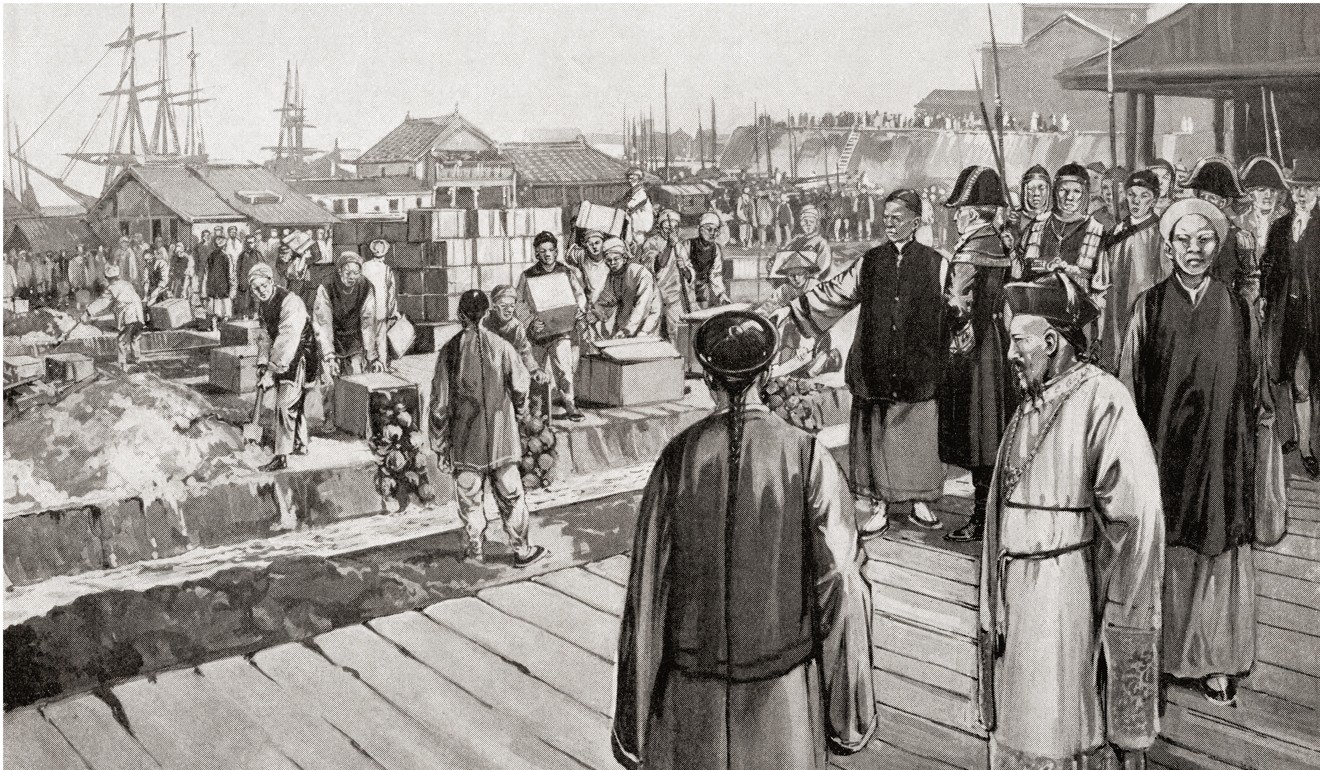
The town has gone to exceptional efforts to commemorate its role in the wars and all the key sites are within easy visiting distance of the railway station via taxi or local buses.
Roughly 12km (7.5 miles) by road to the southeast of the station is the Weiyuan Fort. It stands on the island of Weiyuan in the shadow of the giant Humen Bridge, which spans the Pearl River.
Constructed in 1835, these old stone battlements – which once housed 60 cannons – are popular with local tourists and still contain some of the long disused muzzle-loaded weapons. They now aim at passing river traffic, which transports goods downriver to Shenzhen and Hong Kong.
This narrow strait and key defensive position was once known by Westerners as the Bocca Tigris or the Bogue. During the Battle of the Bogue in February 1841, British warships pounded the fort mercilessly with their superior fire power, and you can still see some of the damage they inflicted.
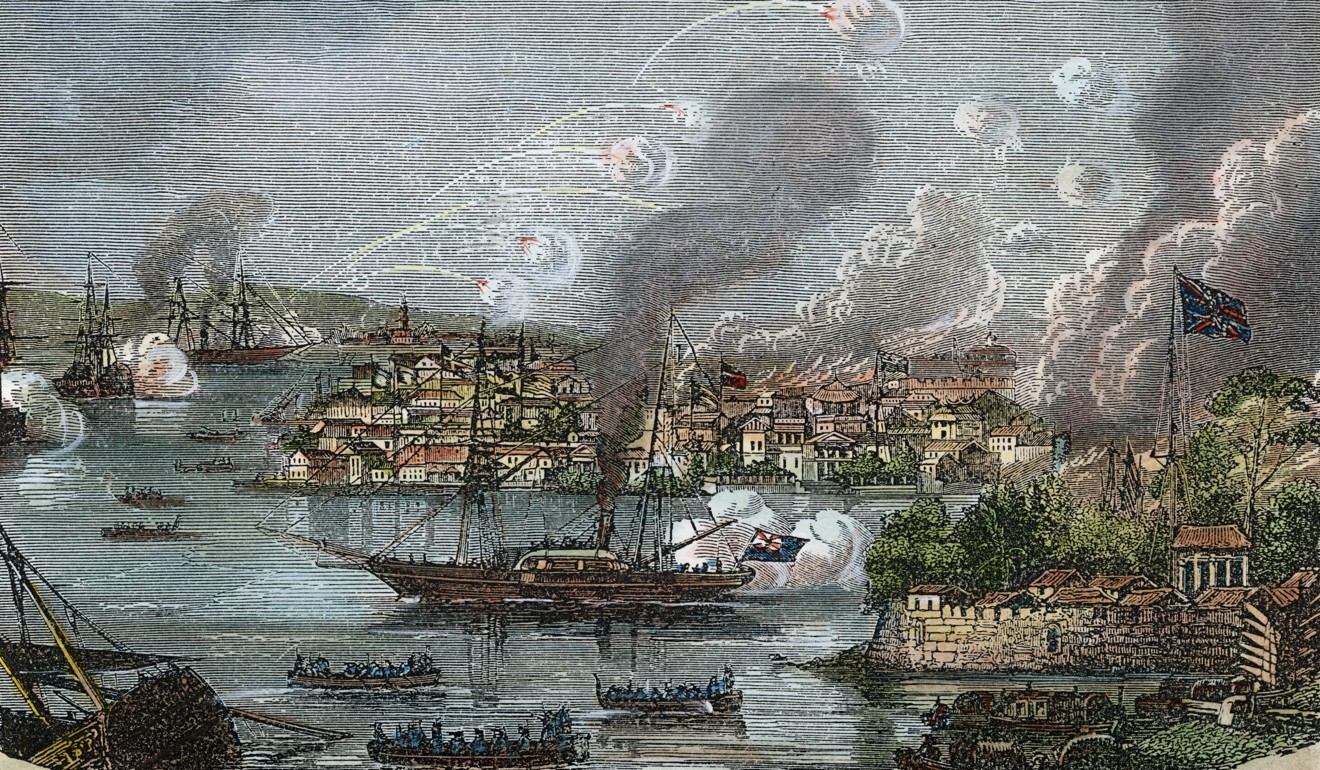
The nearby Naval Battle Museum tells the story in graphic detail. It traces the history of the two opium wars, making it abundantly clear that Britain was responsible for the conflict.
In the section entitled “The anti-British fighting of the Chinese people”, the narrative describes how Chinese forces were “bathed in blood and finally laid down their lives”. Do not be surprised if you see PLA soldiers in formation doubling around the grounds in perfect formation carrying a large Chinese national flag.
2. Riverside Guangzhou
If you continue on the train from Humen for the 48-minute journey to Guangzhou South station, you can enjoy the historic city which the forts at Humen were designed to protect.
There are many things to recommend in Guangzhou, and perhaps the simplest way to appreciate it is to explore the banks of the Pearl River. Here, international maritime commerce has been conducted ever since the eighth century, when Arabic merchants first navigated to the city and opened trade between China and the West.
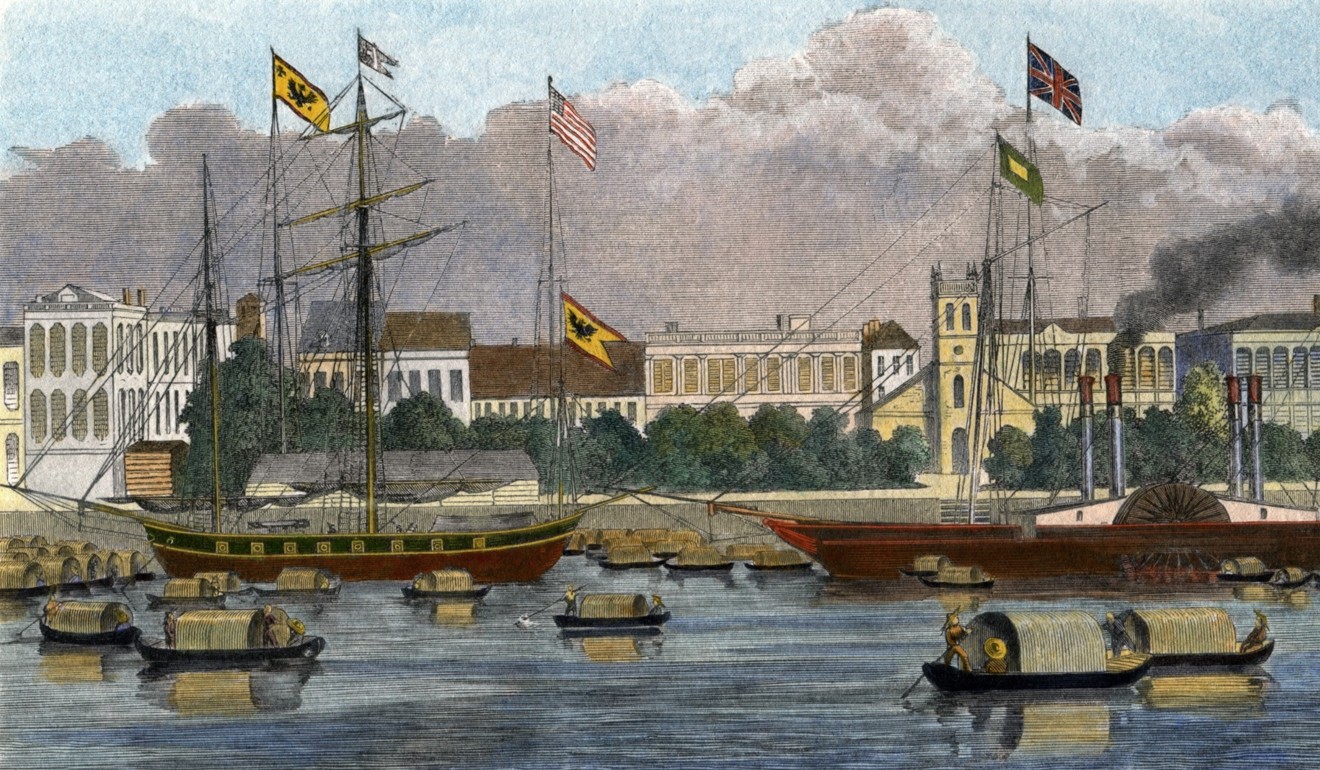
The popular night river cruise is delightful but be prepared to be escorted to your designated seat and fiercely reprimanded by staff if you have the temerity to stand up and sample the views from another part of the boat.
Those who prefer a more freestyle exploration can take a stroll along the magnificent tree-lined promenade that borders the river and connects the area around the old post office and French cathedral to the picturesque Shamian island. This island was the British and French concession during the Treaty Port period (1842-1943) and it is separated from the rest of the city by a narrow canal.
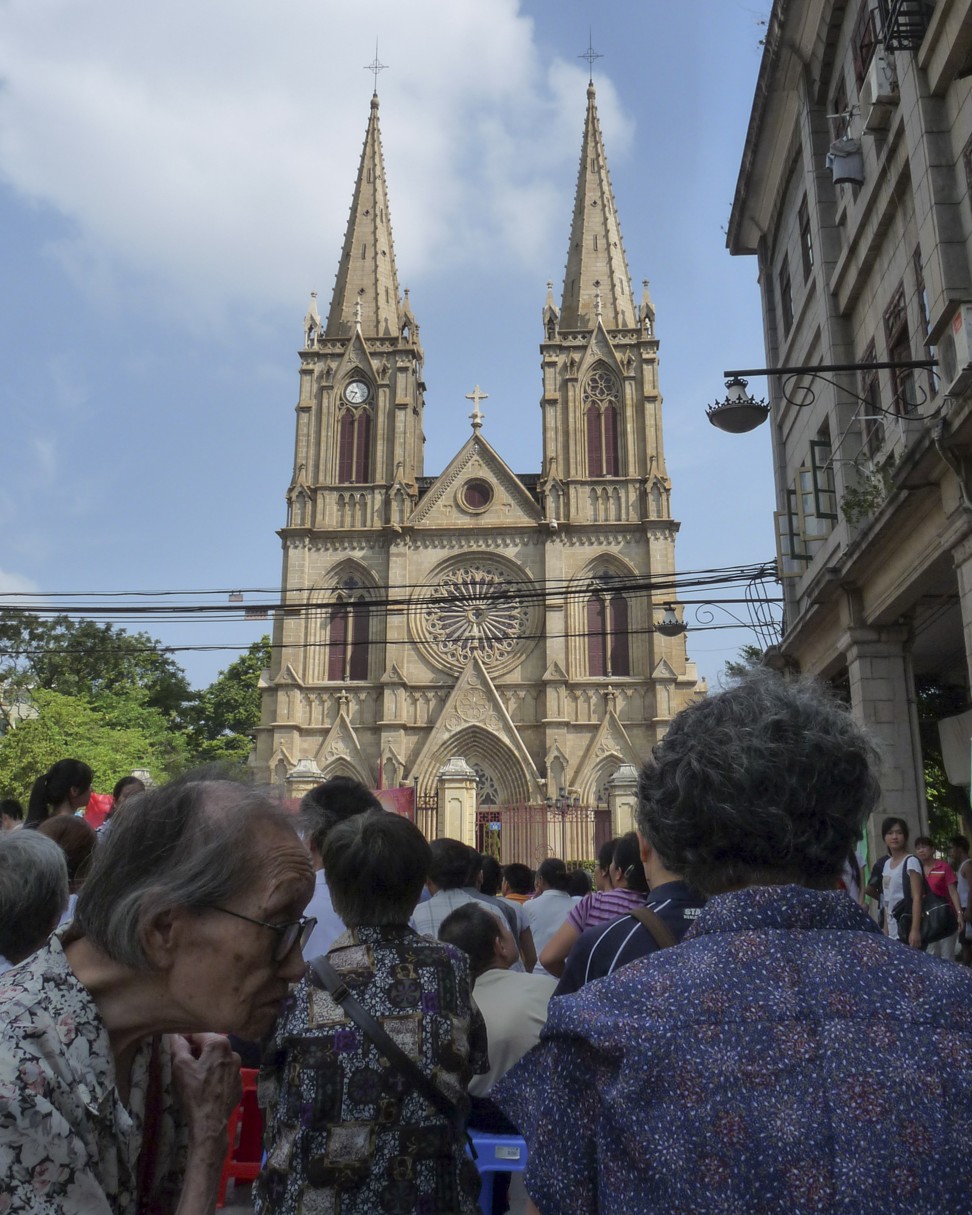
The beautifully restored buildings are the ideal backdrop for wedding photography, with the nuptial couples that appear with their photo crews on every street corner making the area feel like a film set.
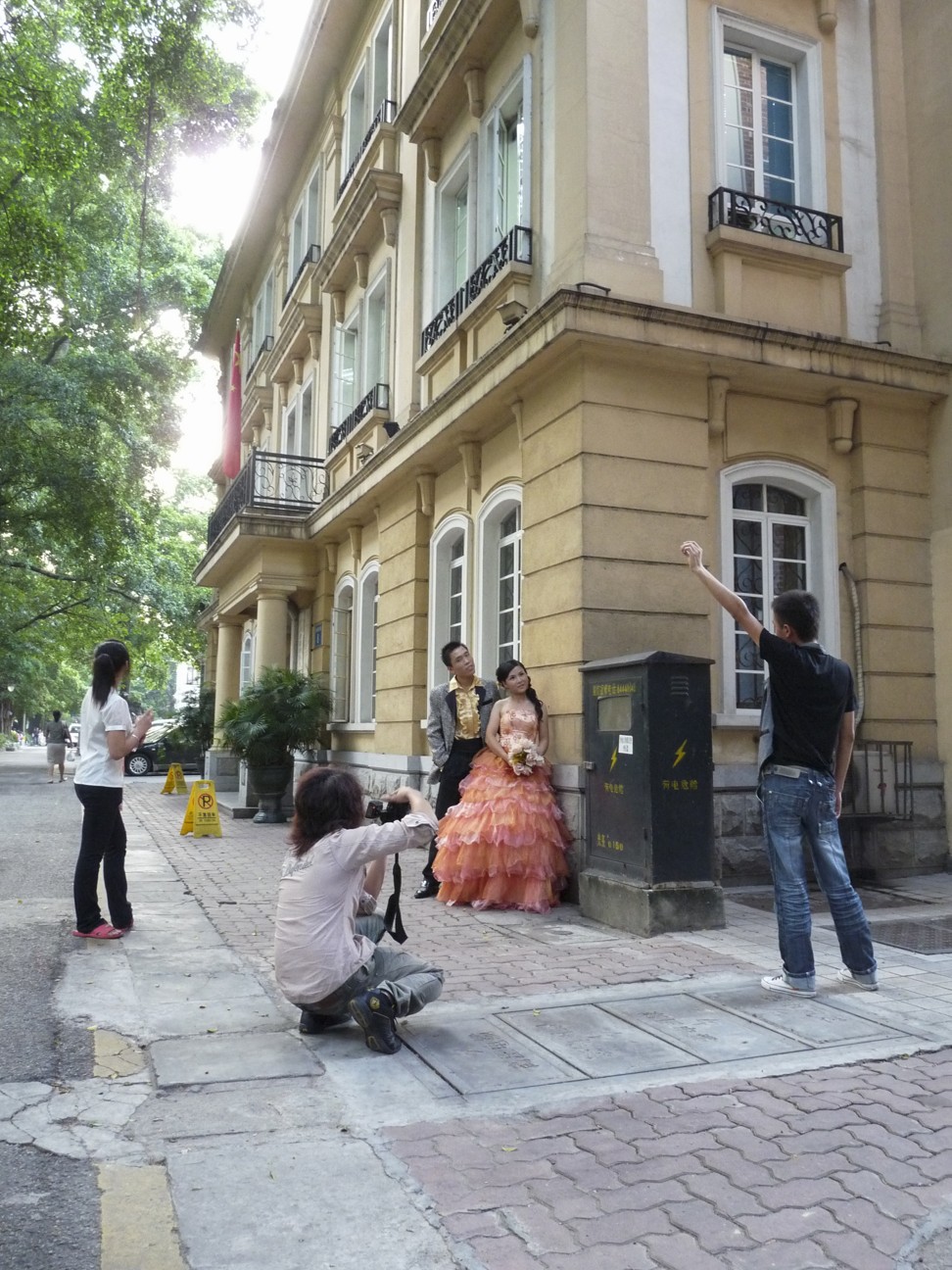
You might find fishermen catching freshwater turtles in nets in the early hours of morning twilight, or see small groups of elderly river swimmers taking a dip from the stone steps that descend into the chilly waters.
3. Ancient kilns of Foshan
Just 20km west of Guangzhou is the city of Foshan and more than 20 trains make the 24-minute journey every day.
Foshan is renowned for martial arts, Taoist culture, traditional Lingnan architecture with its distinctive wok yi uk (“wok-earred houses”) circular roof designs, cold alleys, and ornate relief carvings. It is also famous for its ancient kilns.
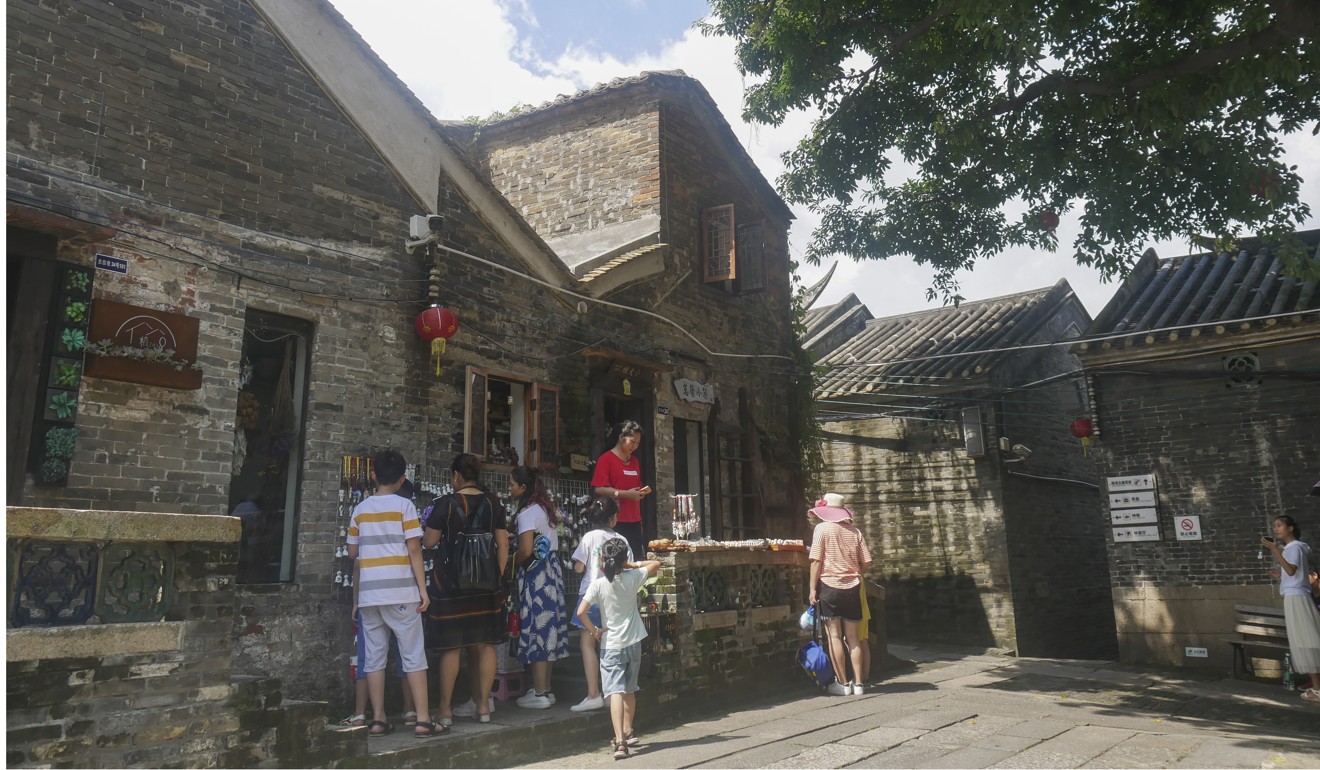
The Nanfeng Kiln in Shiwan Town, in the Chancheng District of the city, was built during the Zhende period (1506-1521) of the Ming dynasty when Shiwan was home to over 100 kilns. Its coarse glazed utilitarian ceramics were shipped all over southern China and beyond.
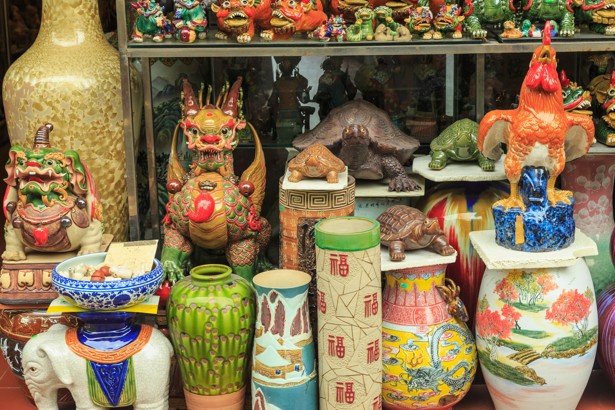
Now the area has been preserved as a creative heritage zone and visitors can see the old brick kiln buildings still in use. You can also browse hundreds of ceramic stores and antique shops selling everything from small ceramic figures to roof tiles and giant architectural garden ornaments.
4. Sun Yat-sen’s Zhongshan
The areas west of the Pearl River will be within much closer reach when the Hong Kong-Zhuhai-Macau bridge opens to traffic on October 24. Bus schedules are not yet confirmed but operators will almost certainly run services to the cities of Zhuhai and Zhongshan. The latter is about 30km north of Zhuhai and, ironically, will have its own bridge connecting to Shenzhen, which is due to open in 2021.
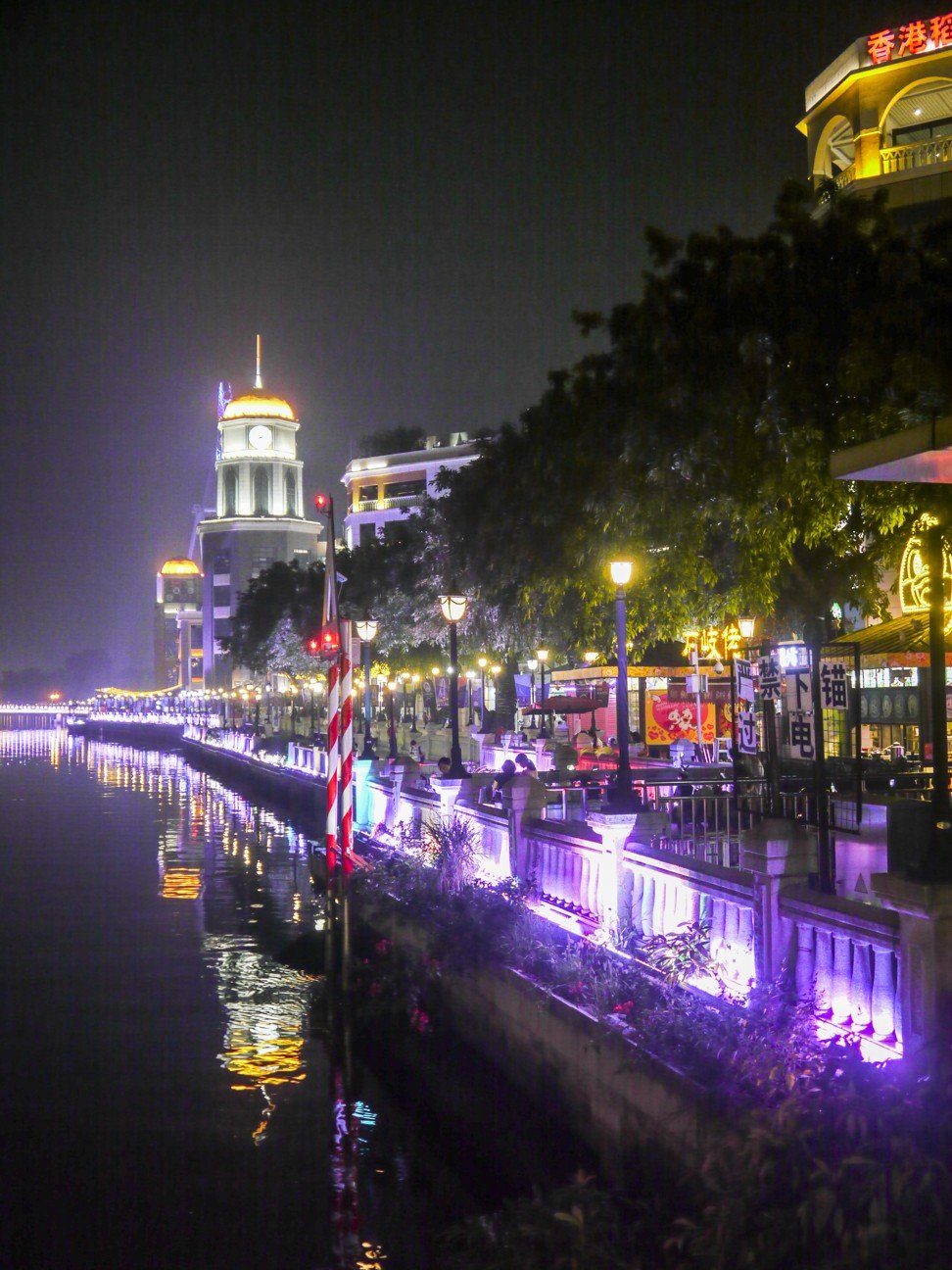
Zhongshan is forecast to become a spillover residential district for Hong Kong and Shenzhen – both of which are accessible within 30 to 40 minutes by car – with average property prices there less than half that of those two cities. This means Zhongshan, most famous for being the birthplace of Sun Yat-sen, the founder of the modern Chinese republic, is also becoming more well known as a real estate hot spot.
How two Hong Kong composers recreated lost sounds of Dunhuang
As in most Chinese cities, the heritage buildings in Zhongshan are meticulously preserved and the city centre has an attractive pedestrian heritage zone along Sunwen Road West as it approaches the Qijiang bridge. There are tasteful statues, a cultural museum and information panels about Sun Yat-sen and his connections to the city.
The area is particularly attractive after dark. Pedestrians can get a cocktail or ice cream at one of the many riverside bars and Western-style restaurants or cafes and enjoy the spectacle of the colourful lights reflected in the Shiqi river.
5. Guangdong Maritime Silk Road Museum
Those seeking further cultural enrichment can brave the 3-hour-40-minute bus journey from Zhuhai westward past interminable paddy fields interspersed with semi-completed construction projects to the seaside resort of Hailing, in Yangjiang city.
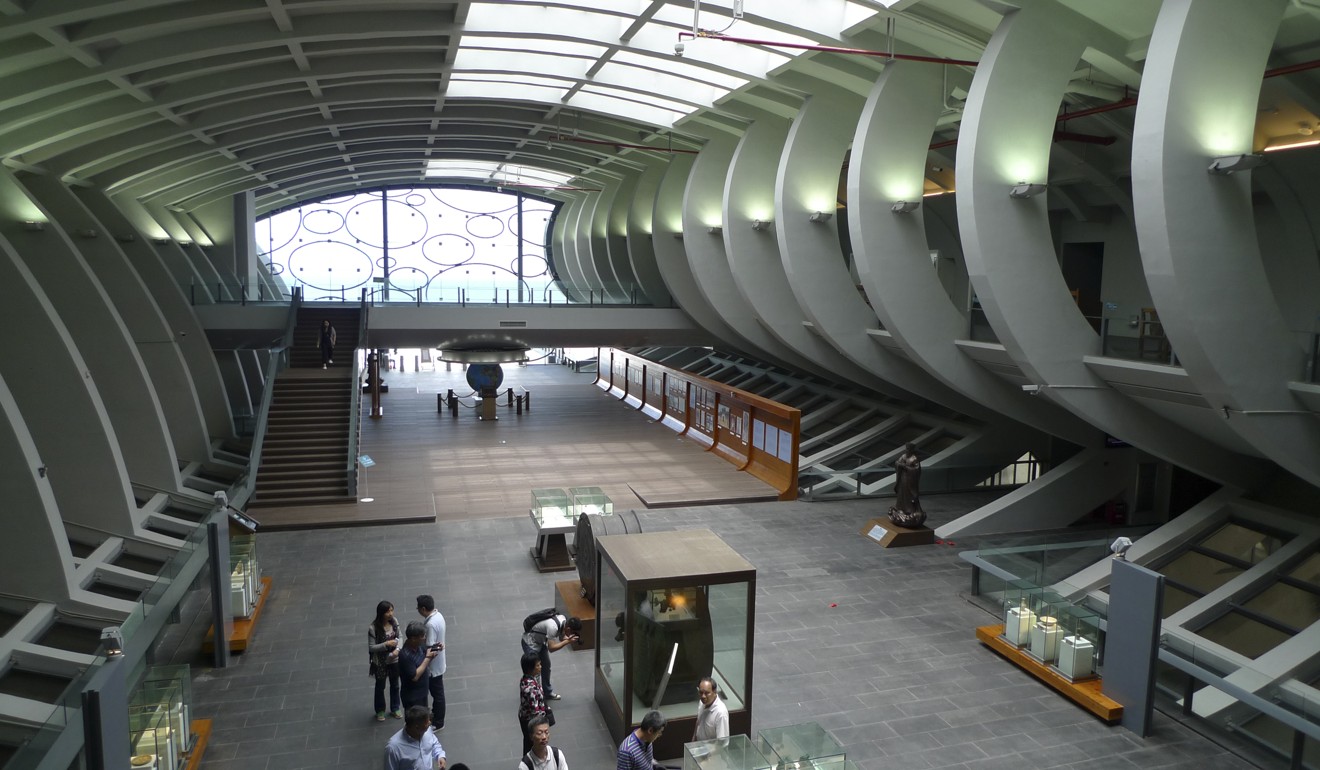
The resort itself is a sort of Sanya on the cheap, but just a short taxi ride away is what appears to be a vast metallic space station parked on the beach. This is the Guangdong Maritime Silk Road Museum, the world’s largest purpose-built museum dedicated to maritime archaeology.

Inside, a vast glass aquarium contains the Song dynasty shipwreck of the Nanhai No 1, China’s most important shipwreck. Its historical significance has been compared by Unesco to the famous terracotta warriors discovered in Xian. It was recovered from the seabed nearby and archaeologists can be observed excavating some of the 60,000 items of precious cargo through the tank’s transparent perspex walls.

